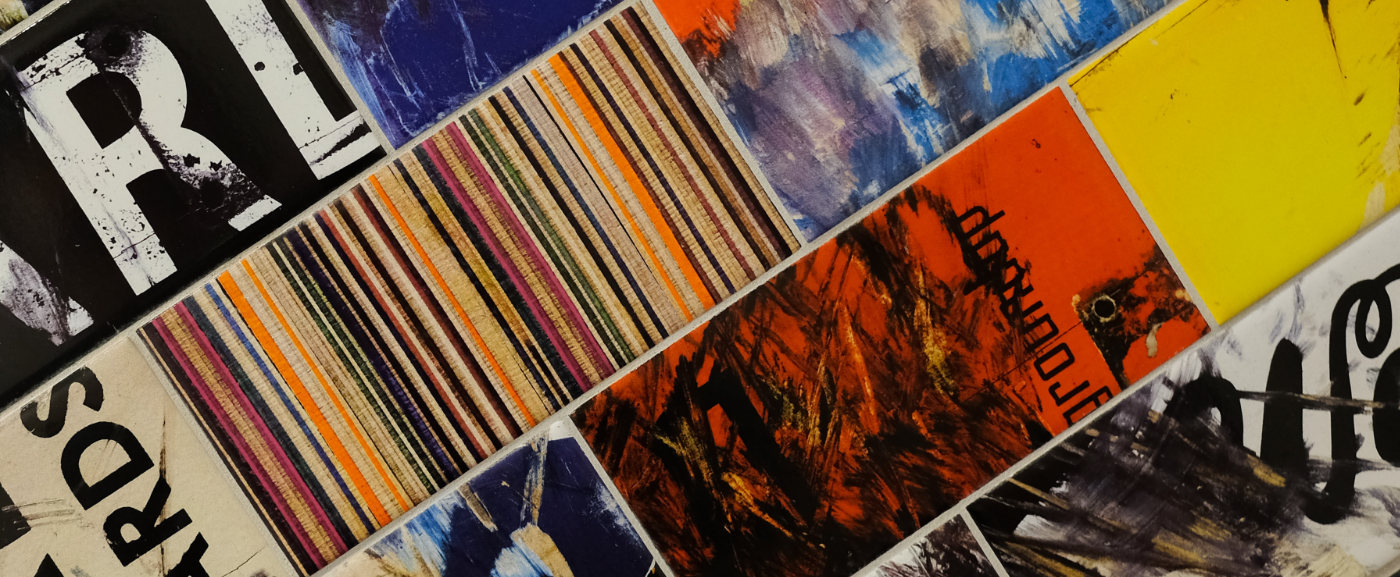giant steps
My first real job was to teach adults how to use a computer and stuff like Word and Excel. It was the end of the 90s and I was 19 years old when I started. Those courses were becoming more and more popular, and around 2001 there was an official “European Computer Driving License”: a formal certification that attested your skills in using Windows, Office and the Internet.
The faith in technology was running supreme.
In 2004, I got my master’s degree in Multimedia and Communications and I started to work in a hospital. The scope of my job was not clear, and there was a general feeling that someone with my skillset was useful in that specific context and time. I was able to help on the fringes from day one, but it took me a while before being able to impact bigger topics. That was the exclusive hunting territory of the big consulting firms. The ones that used to apply the “engineering method” to improve processes, maximize efforts and increase efficiency.
The faith in a rational, technocratic approach was absolute.
At the same time, a product design company founded in 1991 (but as a merger of companies born in the 70s) was slowly starting to get more and more traction and visibility in the consulting space, by supporting organizations in areas not traditionally covered by design. That company is called IDEO and it has had a huge role in formalizing and popularizing the concept of Human-Centric Design while at the same time creating a brand which will rapidly become universally recognized. In that period, a lot of other design-oriented consultancies were hitting the market and having great success. Design Thinking and Service Design were everywhere, and everyone was ditching the engineering approach to marry a more empathic and user-centric philosophy.
The faith in design was growing exponentially and Jony Ive was at the apex of his popularity.
MY FAVORITE THINGS
That’s the moment when things start to fall apart.
Why?
There are three main reasons in my opinion.
There is always a scope in design: solving a problem, fulfilling a need or improving something.
Whatever the scope is, the focus is always other than the design process. A creative process that’s focused on itself, is art, not design.
Design has elements of creativity and personal expression, but they’re serving a fundamental need.

There is always a scope in design, solving a problem with creativity and personal expression. Design it’s not science or pure research. Design is positive. It’s based on a profound belief: problems can be solved.
A LOVE SUPREME
Another reason why I believe in the universal efficacy of design is that it’s inclusive.
When what you really want to do is achieve something for someone, you cannot really afford the luxury of excluding an idea, a solution or a methodology based on ideology or adherence to protocols. Whatever comes handy can be integrated into the design process. Ethnographic research played a huge role in the evolution of service design, while modern interaction design would not be the same without computing and programming. Psychology also has an historical influence on design and statistics is at the core of machine learning’s architecture.
So, when it comes to organizations, how can design support the strategic process of evolving them and the relationships between people and groups inside of them?
The first contribution is in understanding. Design research is an extremely interesting field where multiple approaches are combined to ensure a clear and solid understanding of patterns. The concept of insights is often misunderstood – we don’t get insights directly from interviewing or observing people. Insights are a complex construct that derives from multiple sources and emerge from patterns. Insights are not single pieces of information, they are connected datapoints that generate meaning through their combination and interaction.
The second contribution is describing. Narratives are so important today, and they’re not just about a well-told story. Narratives are an interpretation of the world expressed through a complex but coherent intersection of media and content elements. They can be linear, like a story that describes the journey of a user and their emotions through text, pictures, and diagrams. Or they can be layered, distributed on multiple channels (town hall meetings, social media, videos, emails, etc.) where each element reinforces the others and contributes to creating a rich world.
The third contribution is creating meaning. Design is all about User Experience. The best outcome of an experience is to be meaningful. Meaningful is beyond valuable. Creating value (which is still extremely important and a core driver in design) is transactional. You will do something because you will get value back. The power of a meaningful experience is transformative. Creating meaningful experiences translates into impacting people’s lives and perceptions, up to influencing their systems of beliefs.
for providing me with the section titles
and the soundtrack
About the author

With a career that started as Service Designer in an Italian hospital, and a past in digital-art collectives and punk-noise bands, Alessio’s main job today beside atrain’s is always be wrong in a family with a wife, three daughters, a female dog and two female cats.

